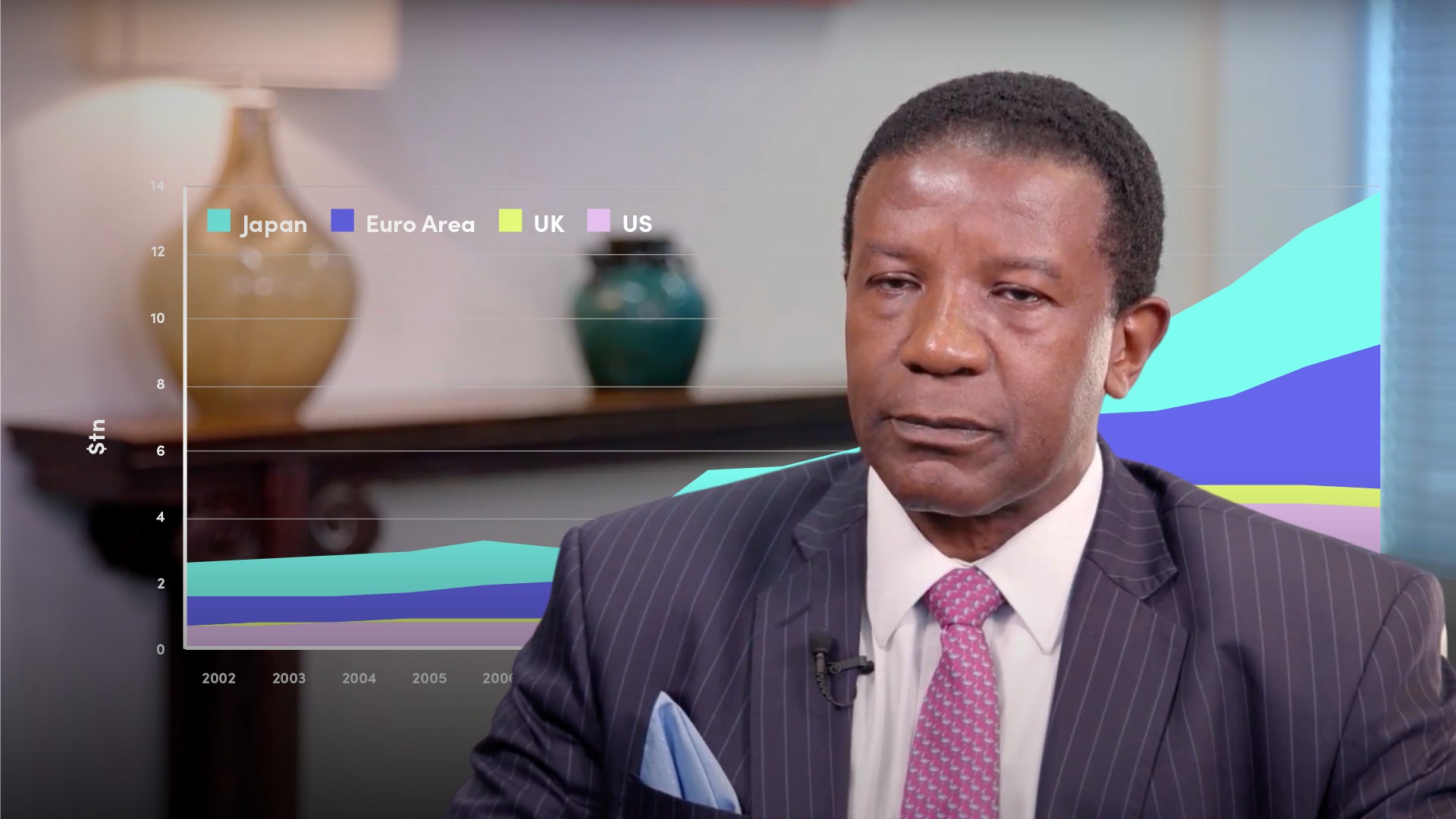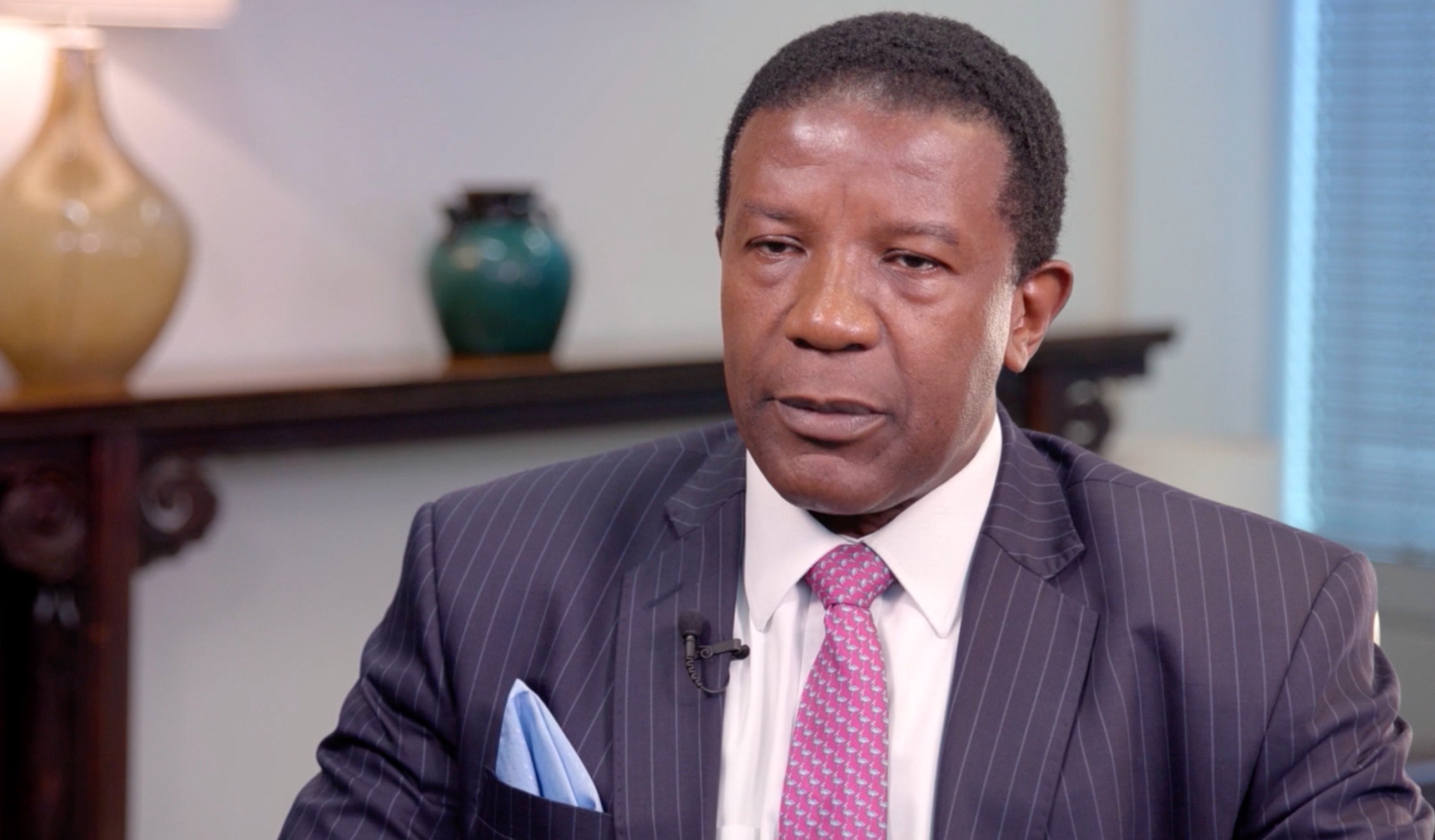Why mid monetary policy get so loose?
In 2008 the world economy and global financial market experienced their worst shock since the Great Depression. The epicentre of the crisis was in developed countries' financial markets and economies; particularly in the US, UK and Europe. As borrowing became too cheap, lending rates fell to extremely low levels and there was excessive lending and borrowing in the developed countries. Central bank monetary policy around the world was just too loose. Cutting interest rates to record lows was not sufficient as they hit zero, so some central banks had to go for negative interest rates and for Quantitative Easing. Even lower interest rates and even looser policy was required to end this crisis.
What has been the impact of QE?
QE, asset purchases by central banks, boosts the confidence of financial markets. It signals a policy of loose rates and rebalances portfolios from low risk to high risk as it boosts market liquidity. In doing so, it creates a greater supply of money. In this case it also lowers the exchange rate, and boosts bank lending. This should increase wealth and lower the cost of borrowing. This, in turn, encourages investment, boosting spending and incomes. That together should eventually lead to higher inflation, avoiding price deflation and lead to a reversal of the policy stances.
Is the QE policy still needed?
The short answer is no. Economic growth has recovered and risk taking, as evidenced by low yields and high levels of asset prices, is becoming perhaps excessive. Yet risk as shown by global policy uncertainty remains high.
Will ending QE create a crisis?
It is not certain but it could do if reversed too quickly or mishandled. Ending QE would hit confidence, lower asset prices as portfolios adjusted and de-risked, reduce liquidity, lower money supply, raise the exchange rate, reduce bank lending, reduce wealth, lower consumption and lead to weaker economic activity and lower inflation.
What is normal for monetary policy?
With lower productivity and economic growth, the ‘natural rate of interest’ is lower. Normal would be UK short term rates before the crisis, the long run average then was around 5.25%. But the average since 2008 is around 0.5%. For the US, the average is around 4.5%, in normal times and since 2018 around 0.25%.





